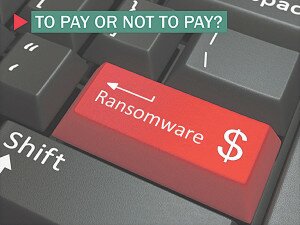 Last week the clothing retailer Eddie Bauer LLC issued a press release to announce that its point of sale (“POS”) system at retail stores was compromised by malware for more than six months earlier this year. The communication provided few details but did specify that the malware allowed attackers to access payment card information related to purchases at Eddie Bauer’s more than 350 locations in the United States, Canada and other international markets from January 2 until July 17, 2016. According to the company, its e-commerce website was not affected.
Last week the clothing retailer Eddie Bauer LLC issued a press release to announce that its point of sale (“POS”) system at retail stores was compromised by malware for more than six months earlier this year. The communication provided few details but did specify that the malware allowed attackers to access payment card information related to purchases at Eddie Bauer’s more than 350 locations in the United States, Canada and other international markets from January 2 until July 17, 2016. According to the company, its e-commerce website was not affected.
In an open letter posted online, Eddie Bauer’s CEO Mike Egeck explained that the company had conducted an investigation, involved third party experts and the FBI, and now is in the process of notifying customers and reviewing its IT systems to bolster security. These are customary and important steps following a security breach to mitigate harm to customers, protect against future threats, and comply with state data breach notification laws. Read on to find out more ….. Continue Reading Eddie Bauer Latest Victim of POS Malware Attack


